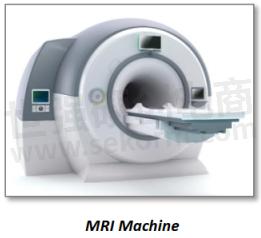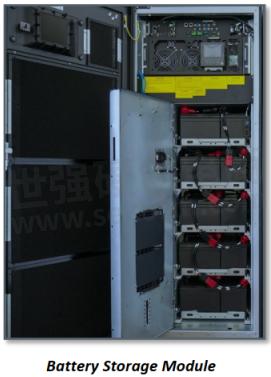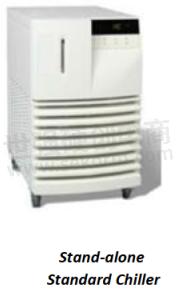Trend towards Liquid Cooling Systems

Global electronification, smart technologies, and technology reliance continue to rise, pushing engineers to develop more powerful chips and data technologies.
One of the most significant barriers to technological advancement is managing the excess heat generated by the increase in data processing and storage as well as power generation and supply. This is true across all major industries ranging from Enterprise, 5G, and Telecom to Medical, Transportation, Energy Storage, and Industrial Automation.


New, higher power applications require more efficient cooling for high heat loads in compact volumes, leading engineers to turn to liquid solutions. Liquid has the capacity to transfer heat up to 4X higher than the capacity of forced air of the same mass. This enables improved heat transfer and higher thermal performance with increased design flexibility and scalability.
A liquid-cooled system is a hydraulic circuit that typically consists of a cold plate that interfaces with a heat source in a device, hoses, and pumps that circulate fluid through the system, and a heat exchanger that rejects heat into the ambient environment. These integrated systems provide highly efficient cooling capable of keeping high-power applications running reliably at peak performance; however, there are some limitations.

One of the most notable challenges when working with high power devices and facilities is maintaining precise temperature control within the ambient temperature and the high heat rejection into the ambient environment. Working within the given parameters, devices cannot be cooled below ambient or intake temperatures, limiting performance and increasing outbound temperatures that can make for an unsafe environment.
Issues such as these are especially noticeable in facilities that have a large number of high power systems operating concurrently, such as data centers, or in applications that need to hold very close temperature tolerances with a very wide heat load variation, such as MRI machines. In scenarios such as these, utilizing a chiller is often the most effective solution.
A chiller is a device that removes heat from a liquid via a vapor compression, adsorption refrigeration, or absorption refrigeration cycle. They can be utilized as a part of a more complex liquid system or as stand-alone systems. Chiller solutions allow cooling to subambient temperatures which increases efficiency and enables tighter temperature tolerances.
- +1 Like
- Add to Favorites
Recommend
- Laird Thermal Systems’ Prototyping Liquid Cooling Systems
- Aavid‘s Liquid Cooling Systems: Modular or fully customized liquid cooling optimized for improved heat dissipation in condensed volumes
- Laird Thermal Systems‘ Testing Liquid Cooling Systems Can Be Tailored According to Customer Specifications and Applicable Industry Standards
- Common Coolant Types and Their Uses in Liquid Cooling Systems
- Liquid to Liquid Ambient Cooling Systems for Semiconductor Tools
- Laird Thermal Systems Provides the Liquid Cooling Options for PET and SPECT Scanners
- Aavid‘s Modular Liquid Cooling Systems: Build a semi-custom system with high performance compatible components
- Generative AI and EV Batteries: Why Liquid Cooling?
This document is provided by Sekorm Platform for VIP exclusive service. The copyright is owned by Sekorm. Without authorization, any medias, websites or individual are not allowed to reprint. When authorizing the reprint, the link of www.sekorm.com must be indicated.






























































































































































































































































































































































































































































































































































































































































































































































































































































































